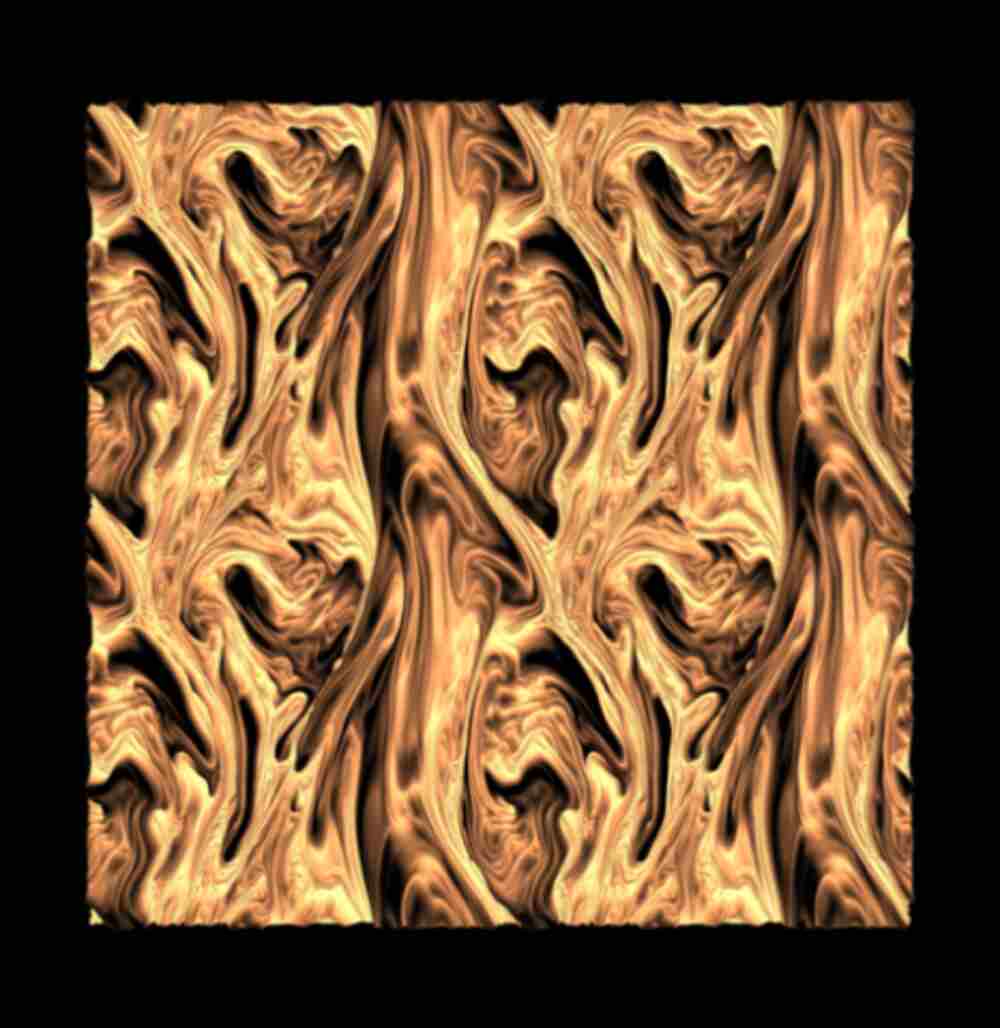THE LATEST
Unraveling the mysteries of elastic turbulence: Supercomputers drive the path to discovery

In the pursuit of understanding the fascinating characteristics of elastic turbulence, researchers have explored the intricate nature of non-Newtonian fluids. Enabled by the formidable computational prowess of advanced supercomputers, scientists are unraveling a new dimension of fluid dynamics, shedding light on the bewildering behavior of biological liquids.
At the forefront of this groundbreaking research, a collaborative effort involving scientists from the Okinawa Institute of Science and Technology Graduate University (OIST) in Japan, the Tata Institute of Fundamental Research (TIFR) in India, and NORDITA in Sweden has surfaced. Their exploration has yielded an astonishing revelation: elastic turbulence, a phenomenon exclusive to non-Newtonian fluids, may possess more similarities to classical Newtonian turbulence than previously envisaged.
Non-Newtonian fluids, characterized by their non-linear relationship between stress and strain, defy conventional behaviors exhibited by classical fluids. Formidable advancements in research have propelled our understanding of the intricate nature of biological solutions, revealing the enigmatic realm of elastic turbulence - the chaotic motion created by the introduction of polymers in small concentrations to watery liquids.
Driven by the imperative to facilitate microfluidics, a critical domain for blending small volumes of polymeric solutions, researchers have encountered the staggering complexities of elastic turbulence. However, the astonishing discoveries transcending the conventional wisdom on this enigmatic phenomenon have arisen from the formidable computational capabilities of advanced supercomputers.
"Running these complex simulations requires the power of advanced supercomputers," affirms Prof. Marco Edoardo Rosti, head of the Complex Fluids and Flows Unit at OIST. The extensive computational demands necessitated by these simulations are significant, entailing runtimes of up to four months and yielding prodigious volumes of data. Such computational rigor has paved the way for a transformative revelation - the insight that the velocity field in elastic turbulence exhibits intermittent behavior.
This seminal finding elucidates a paradigm shift in our comprehension of low-velocity turbulence in elastic fluids. Driven by the formidable computational capabilities harnessed by supercomputers, researchers unveiled the unanticipated intermittent nature of the velocity field in elastic turbulence. This unexpected discovery demonstrates the profound impact of leveraging computational power to unravel hidden complexities in fluid dynamics, redefining our understanding of turbulence occurring at low flow speeds.
The implications of this breakthrough extend beyond mere scientific revelation; they lay the groundwork for the development of a comprehensive mathematical theory delineating elastic turbulence. Such a perfected theory not only holds the potential to offer predictive insights into fluid dynamics but also offers opportunities for the strategic design of devices to manipulate the mixing of liquids, with significant implications for working with biological solutions.
In essence, as we venture further into the enigmatic realm of elastic turbulence, powered by the computational capabilities of supercomputers, we pave the way for a transformative understanding of fluid dynamics. The relentless pursuit of knowledge, facilitated by the symbiotic interaction between human cognition and computational innovation, propels us towards unprecedented insights that promise to reshape our scientific inquiry and technological applications.
The cutting-edge achievements of this collaborative research endeavor epitomize the remarkable synergy between academic rigor and computational prowess, redefining the boundaries of our scientific understanding and propelling us toward an era of unprecedented discovery.
